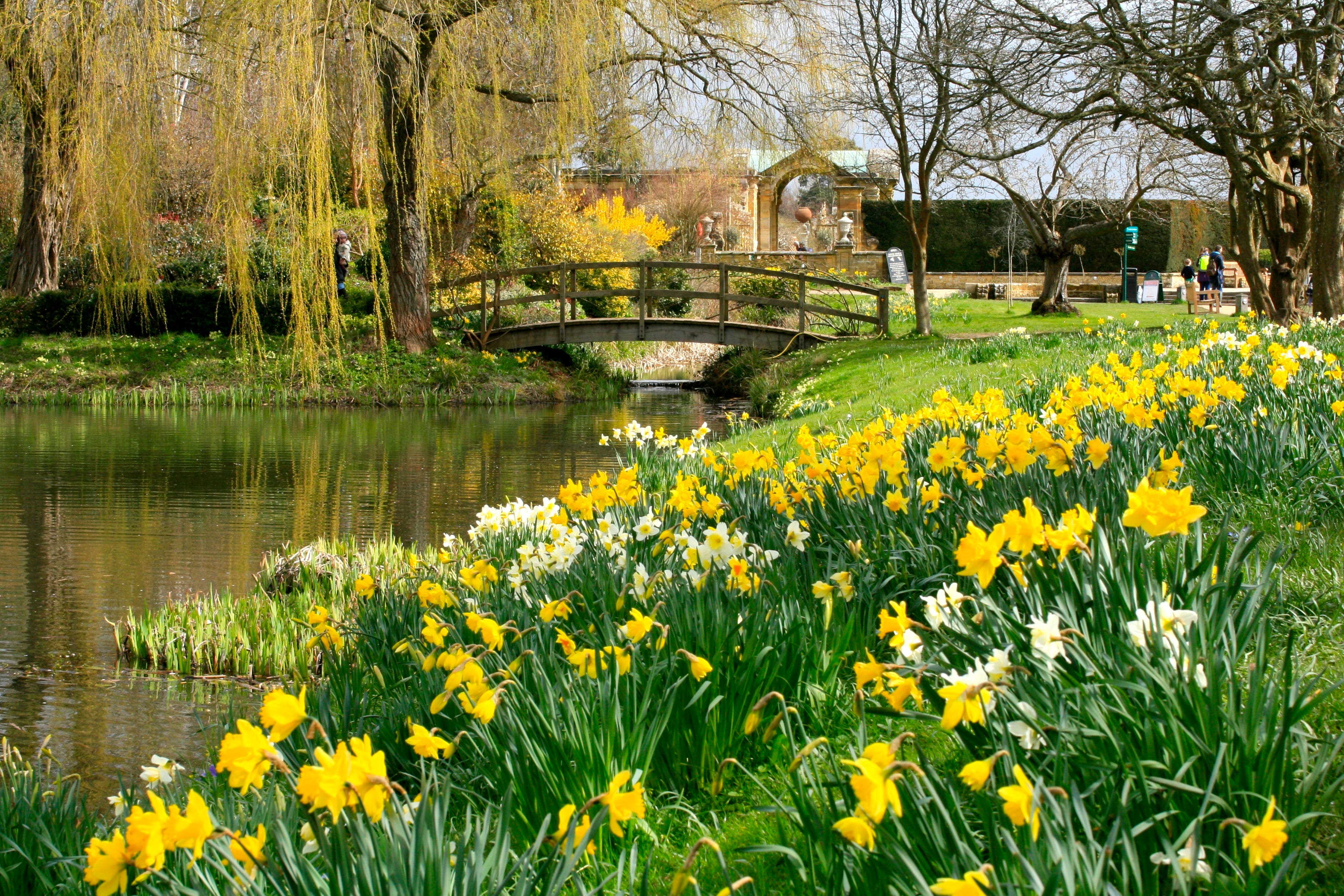Daffodils to plant for a dazzling spring display
Brighten up your beds, borders and pots, with help from an expert.

Your support helps us to tell the story
From reproductive rights to climate change to Big Tech, The Independent is on the ground when the story is developing. Whether it's investigating the financials of Elon Musk's pro-Trump PAC or producing our latest documentary, 'The A Word', which shines a light on the American women fighting for reproductive rights, we know how important it is to parse out the facts from the messaging.
At such a critical moment in US history, we need reporters on the ground. Your donation allows us to keep sending journalists to speak to both sides of the story.
The Independent is trusted by Americans across the entire political spectrum. And unlike many other quality news outlets, we choose not to lock Americans out of our reporting and analysis with paywalls. We believe quality journalism should be available to everyone, paid for by those who can afford it.
Your support makes all the difference.Daffodil planting season is now in full swing, but if you’re flummoxed by the huge ranges in garden centres and nurseries, you may need a little help to choose the right variety.
Bulb maestro Johnny Walkers, winner of 25 consecutive gold medals at the RHS Chelsea Flower Show, has been hosting the annual Dazzling Daffodils festival every March at Hever Castle & Gardens in Kent for the last eight years. He has planted daffodils in many different settings.
“Soil is important and basically daffodils like a moisture-retentive, well-drained soil, which sounds like a bit of a contradiction but they don’t like wet feet, but they don’t like to be where it’s really dry, either,” he explains.
If you have clay soil you may need to add well-rotted manure, sand or gravel to aid drainage, while if you plant daffodils in pots you need a reasonably well-drained soil and be aware that even if it has been raining, if your pots are up against the house wall they will need further watering, he adds.
Most daffodils (also called narcissi) can withstand semi shade and if they are not in full sun they will last longer and give you a better show.
Here, he suggests a number of different varieties to suit various settings.
In pots
“Go for ‘Tête-à-tête’ in pots, which come out early and will last a long time. Another short one for pots is ‘Jetfire’, which is yellow and red.
“I often layer them, so if I have a big deep pot, I’ll put tulips in the bottom and then ‘Tête-à-tête’, then crocus on the top. That gives you three shows through the spring,” he says.
“But if I’ve a variety I particularly want to emphasise on its own, I’ll just plant a single variety, placing them much closer together in the pot than I would in the garden. I plant them pretty well touching each other for a really good show.”
Another good early variety is ‘February Gold’, adds Walkers. You can also plant taller varieties in pots but try to keep them out of very windy spots.
In beds
“Choose your varieties carefully and they can flower for five months of the year. There’s a vast range of sizes and colours. Some people prefer a traditional yellow daffodil and for that, I’d go for ‘Carlton’ or ‘King Alfred’ types, but if you want something a bit different, you might try ‘Gentleman at Arms’, which has a yellow petal with a red centre and was created in honour of the Queen’s 90th birthday.”
He says generally in the garden, you can space bulbs three to four inches apart, because you know you’re going to leave them for several years, which gives them plenty of room for growth.
For resilience
Some daffodils are better at springing up again after a heavy downpour or a spate of inclement weather.
“One of the best varieties is ‘Ice Follies’. On the banks of the moat in front of Hever Castle, there’s a swathe of ‘Ice Follies’ and, bearing in mind that daffodils don’t like their feet in water, they have thrived at the bottom of that bank, each year coming back better and better,” says Walkers.
“They are white with a cream centre, not too tall, more of a disc flower than a traditional trumpet.”
Another white and pink variety ‘Rainbow’ is not only resilient but also suits pots as well as the garden.
For scent
Consider varieties like the multi-headed white type ‘Silver Chimes’ which flowers in late April, or ‘Cheerfulness’ with a fragrant double flower which looks more like a peony or a rose than a traditional daffodil and is suitable for a garden bed or a pot, he suggests.
For naturalising
If you want to naturalise daffodils in your lawn, ‘Ice Follies’ and ‘Carlton’ are good candidates, provided you have reasonably well drained soil, he says. You should see a better show in three to four years.
For pollinators
“That’s a difficult one because a lot of daffodils are in flower before there’s much activity for pollinators. But if the weather’s right, the ordinary trumpet, large varieties will attract pollinators.”
Later flowering
“There’s a late yellow-red called ‘Pipe Major’, which is quite tall and flowers very late in the season.”
And for inside?
The dainty types which you buy as festive plants at Christmas are ‘Paperwhites’, which he says you either love or hate, because some people find their strong scent overpowering.
“Place them somewhere cool where there is plenty of light, so probably a conservatory is best.”
Dazzling Daffodils festival at Hever Castle & Gardens takes place from Mar 17-23, 2025.